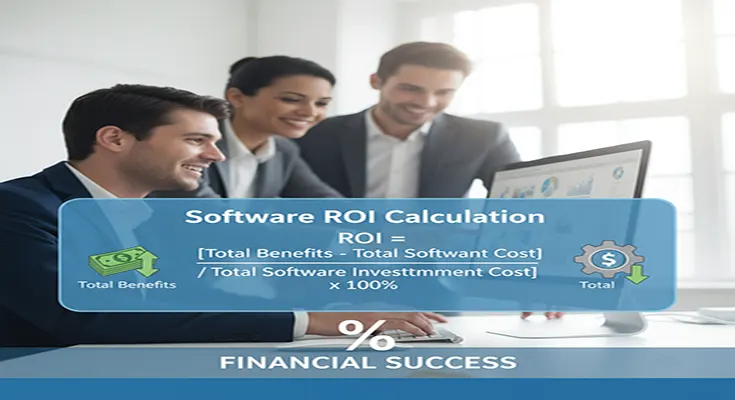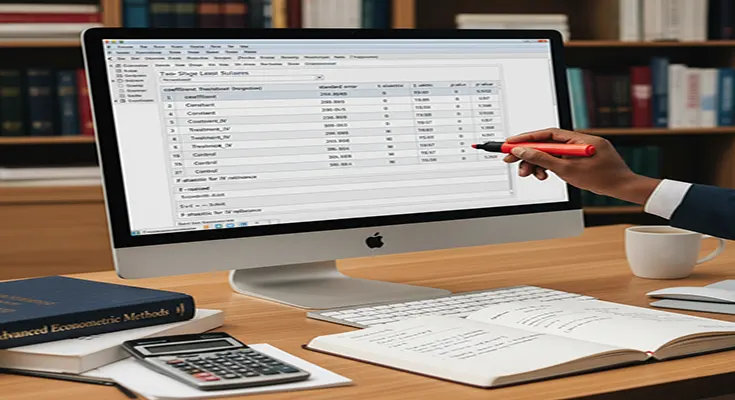
Limitations of Using ROI for Long-Term Project Decisions
Return on Investment (ROI) is a fundamental and easily understood financial metric, providing a simple ratio of net gain to total cost. While excellent for comparing short-term, low-risk, and straightforward investments, its simplicity becomes a major drawback when evaluating long-term project decisions like major infrastructure upgrades, R&D initiatives, or complex digital transformations.
Relying solely on ROI for long-term capital budgeting can lead to skewed project comparisons and poor strategic choices because it ignores three critical financial realities: the time value of money, the project’s risk profile, and non-financial benefits.
1. The Time Value of Money (TVM) is Ignored
The most significant limitation of the basic ROI formula for long-term projects is its failure to account for the time value of money (TVM). A dollar received today is worth more than a dollar received five years from now due to factors like inflation and the opportunity to invest the money …
Limitations of Using ROI for Long-Term Project Decisions Read More




